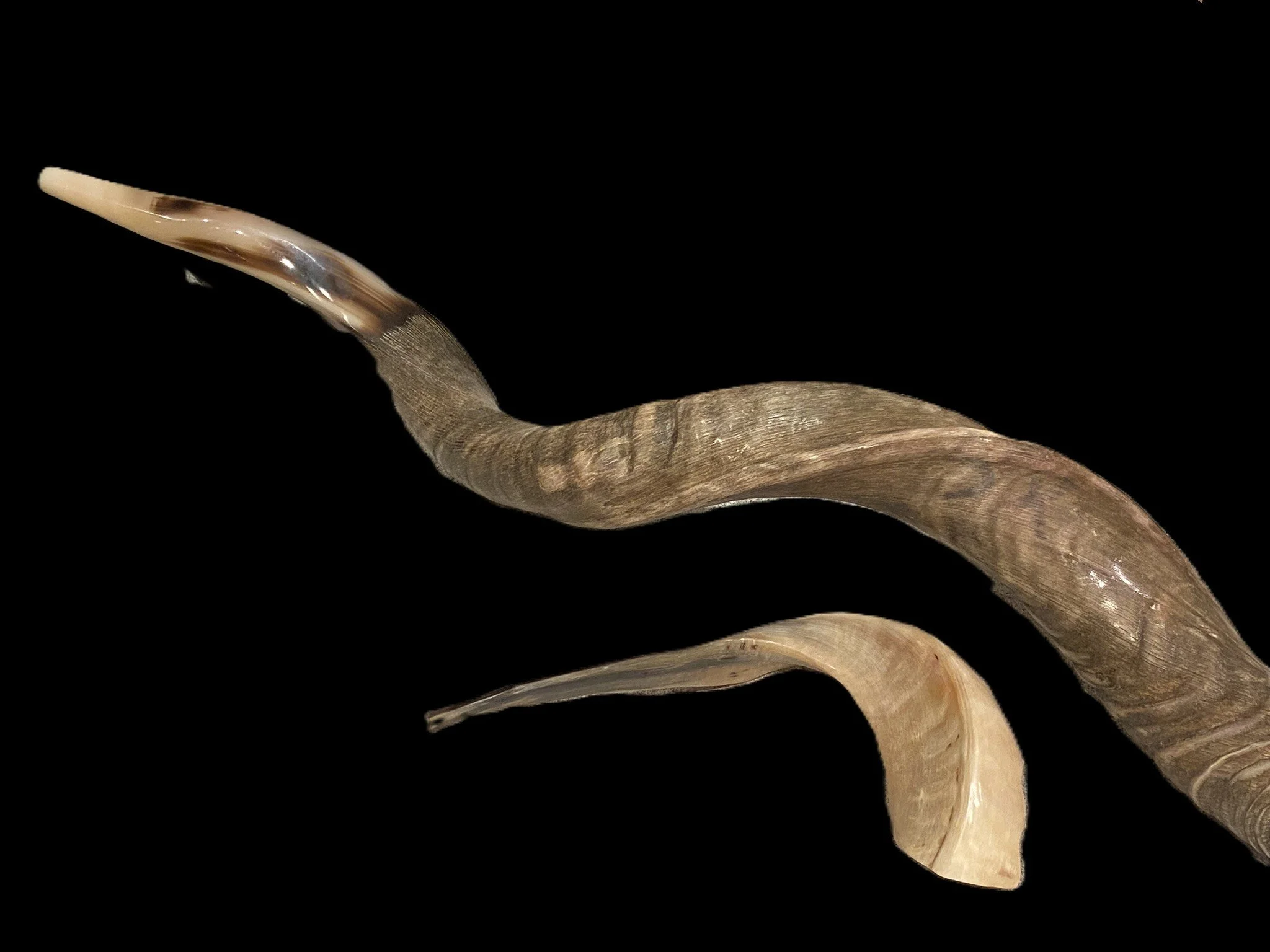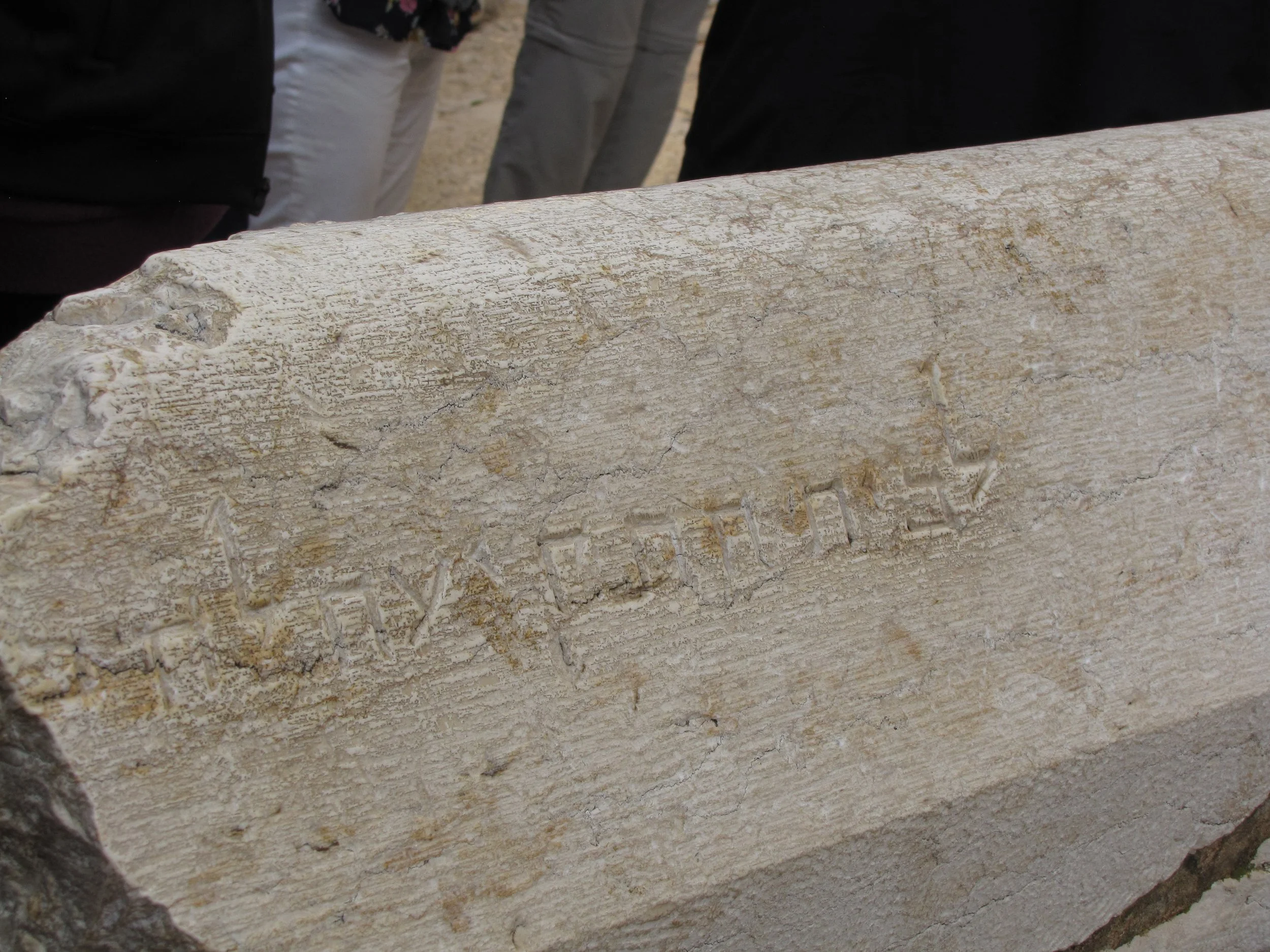The shofar is a musical instrument of ancient origin made of horn (traditionally that of a ram). It was used for Jewish religious purposes. Shofar blowing is incorporated in synagogue services on Rosh Hashanah and Yom Kippur. The shofar was used to announce holidays and the jubilee year (Leviticus 25:9). It was also used in processions (2 Samuel 6:15; 1 Chronicles 15:28), as musical accompaniment (Psalm 98:6), And included in the temple orchestra (Psalm 150:3). When Joshua and the Israelites surrounded the walls of Jericho, shouted and blew the shofar, the walls came tumbling down (Joshua 6:20). It was commonly taken to war so the troops would hear its distinct sound and know when the battle had begun.
A shofar may not be painted in colors, but it may be carved with artistic designs. A crack or hole in the shofar, affecting the sound, renders it unfit for ceremonial use. Shofars are sometimes plated with silver across part of their length for display purposes, although this invalidates them for use in religious practices. Because the hollow of the shofar is irregular in shape, the harmonics obtained when playing the instruments can vary.
In Jerusalem, archaeologists have found a large stone that had been thrown from the pinnacle of the Temple that reads “Place of the Trumpeting.” It is thought that this stone marked the place where the Levitical priest would blow the trumpet or shofar.

